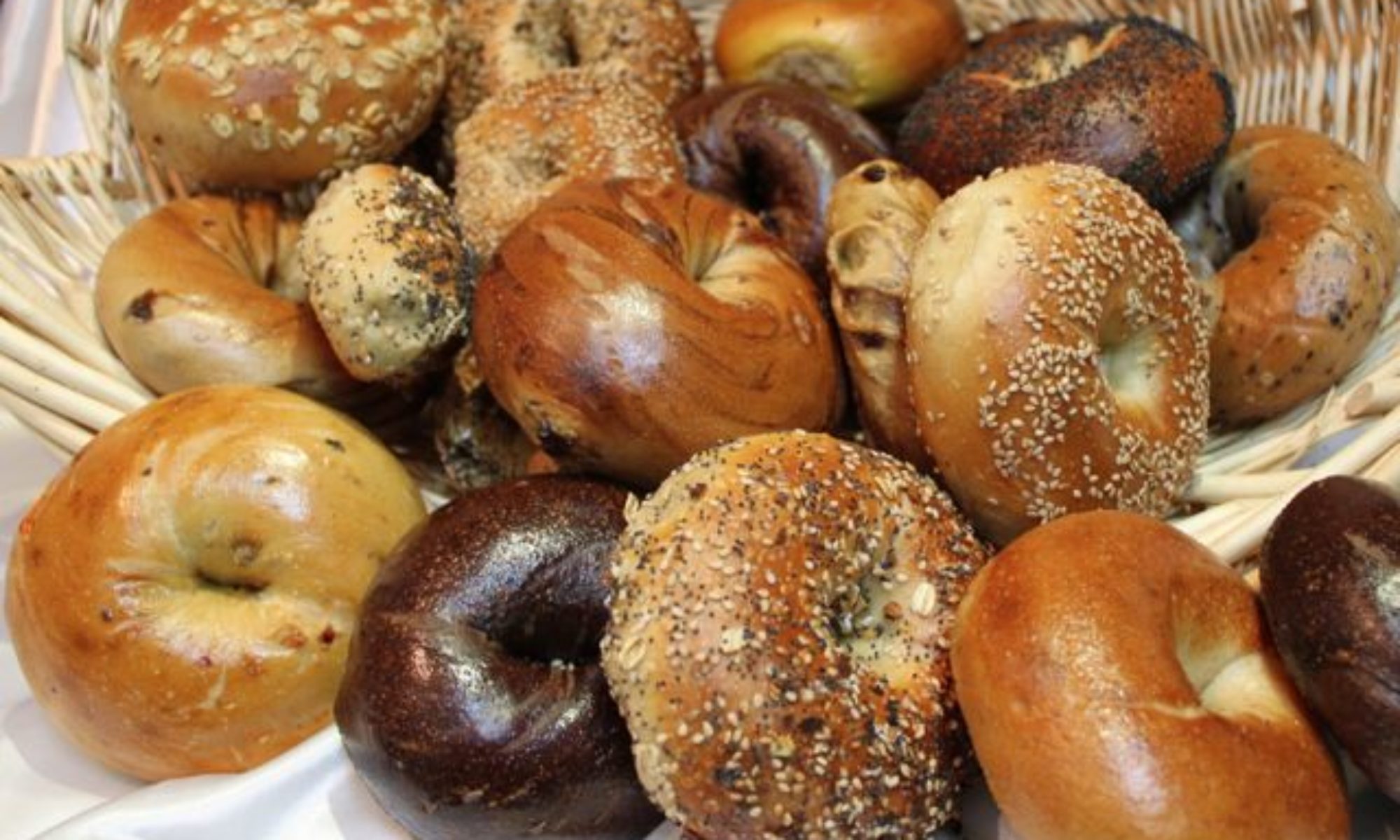 September 3, 2018 NYC– Max dreamt his whole life of owning his own business. It is as American a concept as Ice Cream on Apple Pie. Now Max has done it. After moving to Albuquerque, New Mexico he decided it’s time to open a real bagel store, like the one he worked for in New York City.
September 3, 2018 NYC– Max dreamt his whole life of owning his own business. It is as American a concept as Ice Cream on Apple Pie. Now Max has done it. After moving to Albuquerque, New Mexico he decided it’s time to open a real bagel store, like the one he worked for in New York City.
His business plan- give people a touch of NYC in New Mexico. Max knew what he was doing. He knew how to mix the dough, how to roll the bagels, how to water boil, and bake them.
“People will flock to my little piece of the Big Apple in the West,” Max Boasted.
What Max didn’t count on was that despite all of his knowledge and efforts the bagels just don’t come out like they did in NYC. They are good bagels. They are made right, but there is something missing. They don’t have that authentic crispness outside and chewy interior. Where did Max fail?
HE DIDN’T.
The truth is NYC is the King of Bagels for a reason. Even the best bagel makers, like Max, can’t duplicate NYC’s finest bagels in places where they don’t have access to NYC’s water and NYC’s weather conditions. New Mexico is No exception.

To make matters worse Max is getting to work at 1AM to start the laborious process of creating his bagels. Bagels are labor intensive. He has the job of measuring, mixing, cutting the dough, hand rolling, boiling, baking, and selling all by himself. Some nights he stays until 7PM, or later, just to catch a few hours of sleep and start the whole process all over again. How long can one person, or one family, sustain that kind of a grueling schedule?
What is an entrepreneur, like Max, to do? THERE HAS TO BE A BETTER WAY.
Well there is a real solution to give Max, and other Bagel Store owners, access to NYC’s finest bagels right in New Mexico, or anywhere in the world, and to give him back his life again. That solution is the Davidovich Par Baked Solution.
 With Davidovich’s Par Baked Bagel program Max can eliminate all of the ingredient costs, as well as the mixing, the cutting, the rolling, the proofing, the boiling, the seeding and most of the baking. In a matter of less than one hour he can serve his customers the very best NYC has to offer-bagels made in NYC, with NYC’s water and in NYC’s environment but “baked off” in his very own facility for just a few minutes. THIS IS A WIN-WIN!
With Davidovich’s Par Baked Bagel program Max can eliminate all of the ingredient costs, as well as the mixing, the cutting, the rolling, the proofing, the boiling, the seeding and most of the baking. In a matter of less than one hour he can serve his customers the very best NYC has to offer-bagels made in NYC, with NYC’s water and in NYC’s environment but “baked off” in his very own facility for just a few minutes. THIS IS A WIN-WIN!
Max’s customers get the authentic NYC Bagel and he gets to save himself the time and back breaking labor of real bagel making and even sleep for an additional 5 hours. With Davidovich as his partner Max can’t lose. Neither can you.
Inquire TODAY about the DAVIDOVICH PAR BAKED SOLUTION!




 A bagel is a round bread, with a hole in the middle made of simple ingredients: high-gluten flour, yeast, salt, water, and malt. Its dough is boiled, then baked, and the result should be a rich caramel color. It should not be pale and blond. A bagel should weigh five ounces or less and should make a slight crackling sound when you bite into it. A bagel should be eaten warm and, ideally, should be no more than four to five hours old when consumed. All else is not a bagel.
A bagel is a round bread, with a hole in the middle made of simple ingredients: high-gluten flour, yeast, salt, water, and malt. Its dough is boiled, then baked, and the result should be a rich caramel color. It should not be pale and blond. A bagel should weigh five ounces or less and should make a slight crackling sound when you bite into it. A bagel should be eaten warm and, ideally, should be no more than four to five hours old when consumed. All else is not a bagel.
 Local 338 was, by all accounts, a tough and unswerving union. It was set up according to strict rules that limited new membership to the sons of current members. By 1915, it controlled 36 bagel bakeries in New York and New Jersey. These bakeries produced the original New York Bagels, the standard against which all others are still, in some manner judged.
Local 338 was, by all accounts, a tough and unswerving union. It was set up according to strict rules that limited new membership to the sons of current members. By 1915, it controlled 36 bagel bakeries in New York and New Jersey. These bakeries produced the original New York Bagels, the standard against which all others are still, in some manner judged.